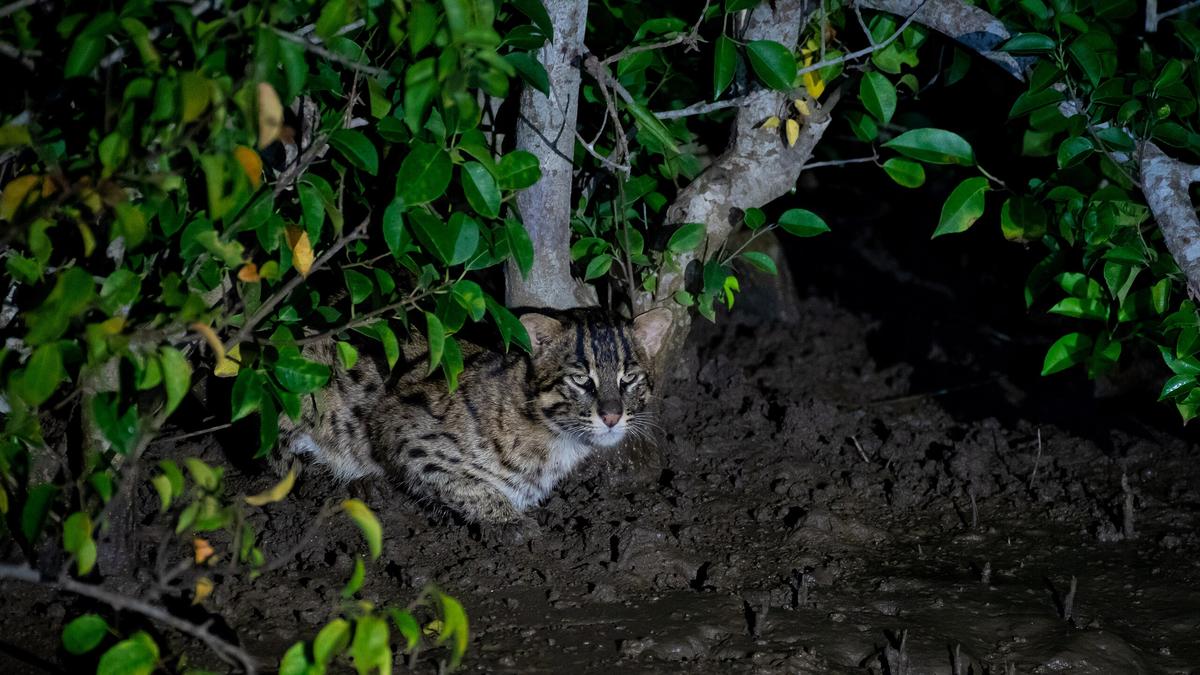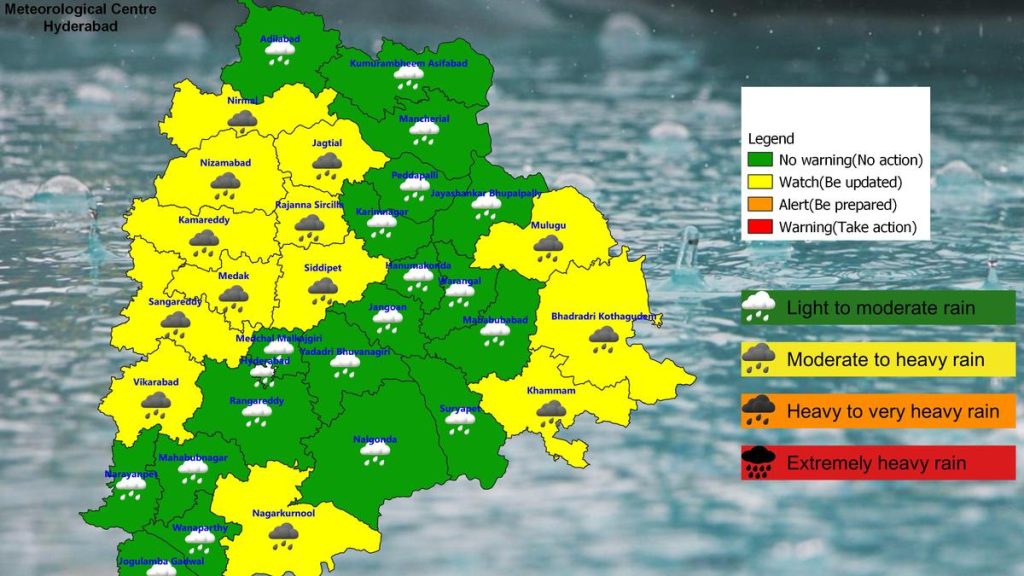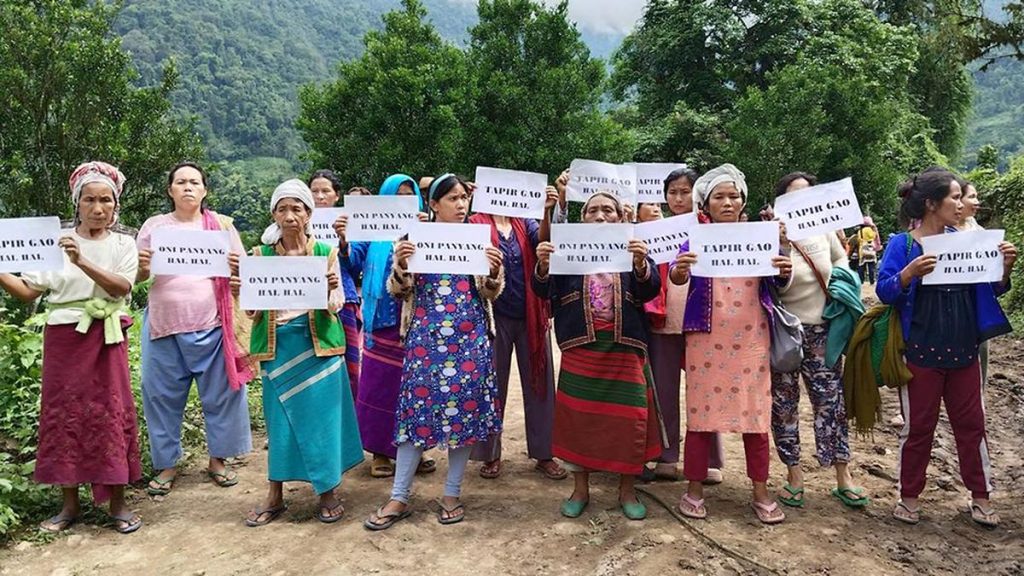Now Reading: Tracking the Endangered Fishing Cat: A Quest for Survival
-
01
Tracking the Endangered Fishing Cat: A Quest for Survival
Tracking the Endangered Fishing Cat: A Quest for Survival

Quick Summary
- India is home to 15 wild cat species, including smaller species like the caracal, rusty-spotted cat, and fishing cat.
- Fishing cats are apex predators in wetland ecosystems such as mangroves, swamps, and floodplains.
- They have unique adaptations like webbed paws, partially retractable claws for gripping slippery surfaces, water-resistant fur, and an ability to swim fully submerged.
- Their diet primarily includes fish but also rodents and small animals.Around 50% of their hunting time is spent near water edges.
- populations exist in scattered areas: terai region of the Himalayas, certain Western Indian marshes, Sundarbans (East coast), Sri Lanka, and recently sighted in Rajasthan’s Keoladeo National Park after being thought extinct there.
- Rapid decline in population due to habitat loss; 30-40% of India’s wetlands lost or degraded over the past four decades. Human-wildlife conflict further exacerbates threats through revenge killings linked to predation on fish ponds or chicken coops.
- Community conservation efforts are essential for improving coexistence between humans and fishing cats.
- The Wildlife Institute of India has launched a GPS collar project in Godavari River estuaries within Coringa Wildlife Sanctuary (Andhra Pradesh) this year. Precise data on habitats and human interactions aim to inform conservation strategies.
Indian Opinion Analysis
The recognition of the fishing cat as a crucial apex predator highlights its importance within india’s rich biodiversity network.However, dwindling wetland ecosystems-due to urbanization, agriculture expansion or pollution-pose severe risks not only to these elusive creatures but also broader ecological health.
Efforts such as community-based initiatives addressing human-fishing cat conflicts offer promising avenues for restoring equilibrium while mitigating animosity toward wildlife perceived as threats. Similarly notable is technological intervention via GPS collars under projects initiated by the Wildlife Institute at Coringa Sanctuary. These tracking tools could provide actionable insights into how best practices can protect threatened zones while enabling localized decision-making on balancing coexistence goals alongside development pressures across vulnerable regions-including sundarbans facing critical declines.
India’s progress toward preserving niche wetland environments may serve dual outcomes; stabilizing populations sustainably per local collective reliance indirectly aids global preservation narratives across neighboring interconnected territories reliant again-sensitive keystone-role stabilize impacts mid-run.Read more: https://www.thehindu.com

























